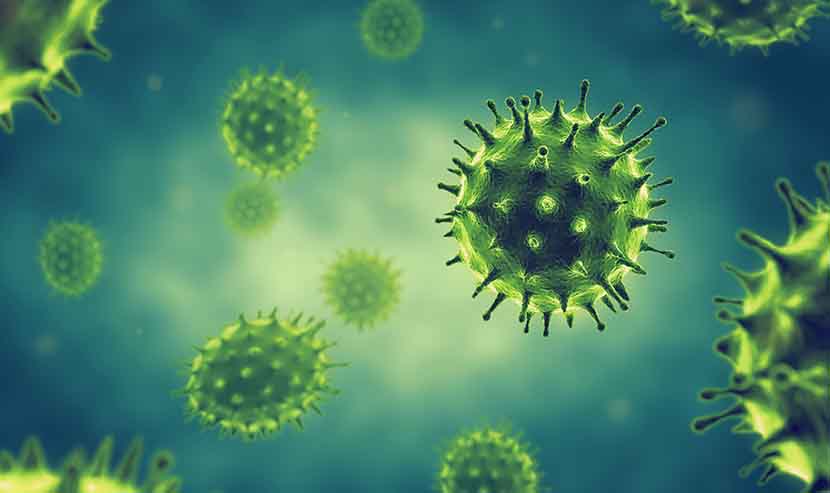More news
- Asian paint regulatory round up – Indonesian exterior paint still uses lead, warns W...
- Nigeria’s paint industry navigates regulatory changes and economic challenges amid p...
- Focus on the global coatings market: Global coatings market outlook
- Ask Joe Powder – October 2024
- Chinese paint majors look to domestic consumer sales as commercial real estate slumps

Researchers have found that the developed water-based antimicrobial polymer nanocomposite, which is mixed with an iodine complex, shows excellent effectiveness against the formation of biofilms and achieves a reduction in biofilm formation of around 85-97% when used as a binder in paints.
With advancements in architectural coatings, the demand for antimicrobial coatings in this sector has increased significantly. The COVID-19 pandemic has also been a primary force behind the increased demand for and production of antimicrobial coatings. Typically, antimicrobial coatings are used to resist and decolonise microbial attacks such as biofilm formation, fungal contamination, and black mold formation. In this study, a water-based antimicrobial polymer nanocomposite was synthesised, I-P(MMA/BA), by blending an iodine complex with a poly (methyl methacrylate-butyl acrylate) latex with the aid of polyol and polyvinylpyrrolidone.
Antimicrobial efficacy was evaluated in two habitats, namely planktonic and biofilm. Biomass studies indicated that iodinated latex nanocomposites and films show excellent antibacterial and antibiofilm activities. About 85–97% of biofilm formation was reduced by covering 15–30% of the area with iodinated latex film. The contact angle measurement of the iodinated latex-coated surface provides evidence of good hydrophobicity, which prevents stagnation of water over the surface. The developed dual-functional water-based iodinated nanocomposite displays great potential for inhibiting biofilm formation on surfaces when employed as a binder in paints.







